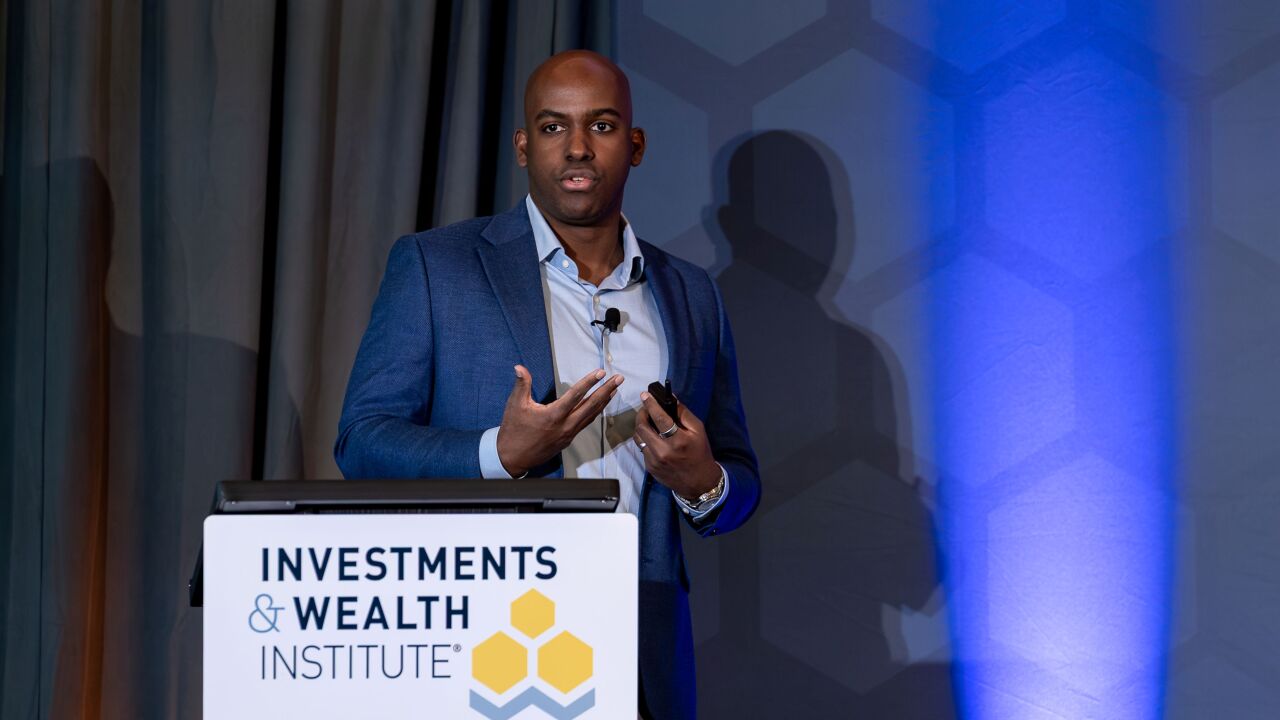You have probably used the word “teamwork” when communicating how to get things done efficiently and effectively in your practice. But do you know how RIA firms actually go about creating high-performance teams?
Some firms build groups that perform well initially, but then falter as circumstances change. What can be done about this? Can you benchmark high performance?
An optimal way to create winning teams is to look at each individual’s performance. Is everyone working to their highest potential? When they are, that’s when you see outstanding results.
The highest-performing members of a group can then help others achieve new heights of performance.
Just as important, the highest-performing teams never stop improving and evolving. They use coaches, consultants and trainers. They also continue to learn, create, adapt and invent new theories, processes, technology and products to move toward ever-higher levels of success.
CRITICAL FACTORS
There are several critical factors necessary for continued business success, as systems scientist Peter Senge identified in his book The Fifth Discipline. One factor, “team learning,” is necessary to pass critical information and ideas from individuals to the broader teams, then to the organization as a whole.
A second factor, “personal mastery,” is focused on the individual’s motivation to learn and improve performance.
In summary: High-performance teams have hyperperforming individuals who strive for personal mastery; exhort and assist the whole group to new levels of achievement; and continue to learn in order to achieve new levels of success.
UNDERSTANDING OBJECTIVES
Winning teams also have a clear understanding of their objectives. Leaders must understand specific objectives for several reasons: attracting and training individuals with certain skills; developing a clear set of plans to reach key objectives; and gathering the resources, tools and assets necessary to ensure success.
Teams created for one objective may fail in committing to a new objective — no matter how simple — if they don’t engage and promote individual hyperperformance through daily interaction.
Leadership engagement must continue every day. Not everyone develops at the same speed, nor is everyone a hyperperformer every single day. It takes repeated encouragement and exceptional effort to foster across-the-board development at high levels. Set-and-forget management simply won’t work.
Research by Professor Rosabeth Moss Kanter of Harvard Business School found companies building enduringly successful firms employ a specific decision framework called social logic, which measures performance beyond short-term ROI.
This kind of framework builds teams that sustain firms over the long term by employing the learning discipline Senge writes about. Here are a few criteria that Kanter discovered for high-performing teams:
- Have leaders who promote employee empowerment, support training, innovation and emotional engagement, and provide values-based principles.
- Supply goods and services that improve the lives of clients without harming anyone in the process. For example, clients today increasingly want their portfolios to be aligned with their personal philosophies. Every advisory firm should know clients’ personal philosophy and what type of companies they wish to support with their investment dollars.
- Provide jobs with emotional fulfillment while also enhancing employees’ quality of life.
- Ensure financial viability by carefully managing profits while deploying resources that go toward improvements, innovation and growth.
There must be a culture of learning, innovation, improvement and growth that supports every team’s success, both today and into the future.
THE THREE R’s
What can you do to keep high-performance teams clicking? It might help to employ the Three R’s:
Rewards: Make rewards quick, practical and visible. Our firm uses a Savantbuck. This is a dollar-denominated, nonnegotiable paper certificate supervisors can bestow on anyone at any time for superior effort or performance.
Awardees will accumulate Savantbucks that they can then redeem for items such as travel. Equally important, they can award the Savantbucks to others in appreciation of superior teamwork. Other rewards come in the way of bonuses for overall company growth and profitability.
Recognition: Encourage and promote increased professional visibility in and outside of the firm. Internally, you might promote daily recognition for achievements via the company Intranet. Have team members increase their writing, blogging, public speaking and responses to media interviews. Make sure you publicize it when any staff member is in the news.
Responsibility: Advisors increase their work responsibilities as a result of business development. As their business grows, they can choose other staff members with whom they wish to team to best serve their clients.
For example, a senior advisor chooses one junior co-advisor to work with her for a particular client, and chooses another junior co-advisor to work with her for a different client, based on each client’s specific needs.
Over time, this personal independent team-building responsibility for advisors yields a much higher level of efficiency, client satisfaction and growth than simply having a manager assign staff to work together, hoping for the best.
BENCHMARKING HIGH PERFORMANCE
High-performance benchmarking may be difficult, but it’s important. Keeping tabs on what your teams have accomplished is a good way to start internally benchmarking performance against goals. For example, here are some goals our firm accomplished in 2015:
- Achieved an above-average client asset retention rate.
- Made 21 employees equity owners.
- Created a competitive fees structure, at or below market.
- Awarded bonuses despite weak year-over-year market performance.
- Made significant talent development with 19 internal promotions and six positions filled internally.
- Successfully completed and integrated three acquisitions.
You can use these examples, or design your own. The important point is that there is a process in place.
Read more:





